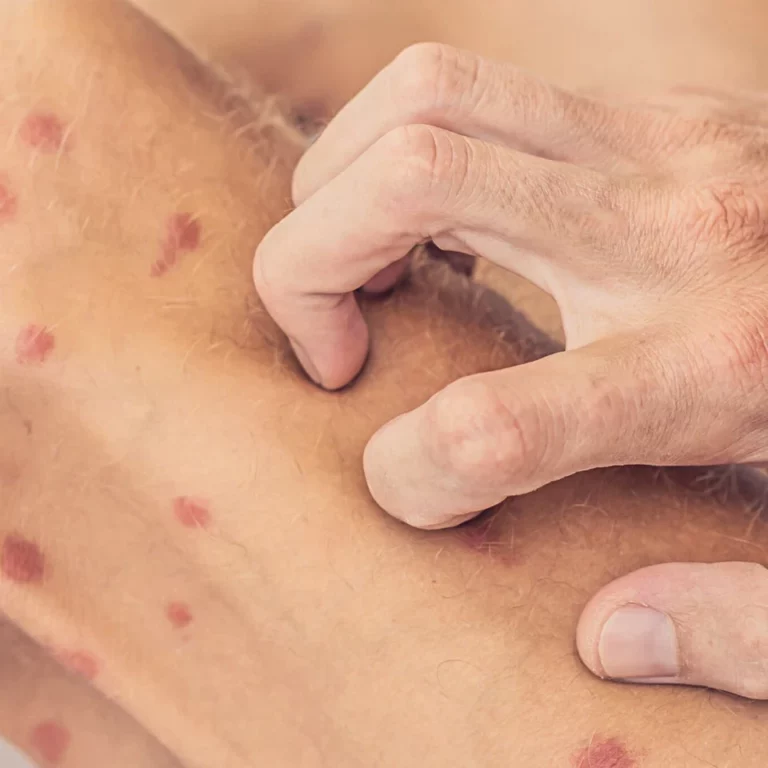Dermatologist Explains 5 Steps Of Curly Hair Frizz Control
Controlling and fixing curly hair that has a lot of frizz can be very challenging.
Femhealth’s expert Dermatologist Dr. Crystal Aguh gives her top tips on how to optimize curly hair frizz control and what products you can use.
Step 1 is to moisturize and condition your hair well.
This means that you want to regularly use deep conditioners and leave-in conditioners. This can help maintain moisture in curly hair which will reduce your frizz.
One great natural option that has evidence behind it is using grapeseed oil. Grapeseed oil has a high content of linoleic acid and vitamin E. So, this can be used as a natural conditioner to enhance gloss and reduce hair fractures.[1]
Check out this 100% Pure Grapeseed Oil: https://amzn.to/3GUF0ZL
Step 2 is protective styling.
You want to minimize mechanical damage by using protective hairstyles. Examples of protective styling include hairstyles like braids or twists which can help reduce frizz and breakage of delicate hair. Grapeseed oil can be applied to the hair before styling to provide additional protection and shine.
Step 3 is to avoid heat damage as much as you can.
Limiting the use of heat styling tools like blow dryers and flat irons. This can prevent further damage to curly hair. When heat styling is necessary, using a heat protectant that contains grapeseed oil can help shield the hair from thermal damage due to its antioxidant properties.[1-2]
Step 4 is to cleanse your hair with gentle products.
You will want to use sulfate-free shampoos. This type of shampoo can prevent the stripping of natural oils from the hair, which is crucial for maintaining moisture in curly hair. Grapeseed oil can be added to shampoos or used as a pre-shampoo treatment to enhance moisture retention.
Sulfate Free Shampoo & Conditioner For Frizz Control: https://amzn.to/3S3gmbJ
Step 5 is to regularly trim your hair.
Regularly trimming the ends of the hair can prevent split ends and reduce frizz. Incorporating grapeseed oil into hair care routines can help maintain the health of the hair between trims by reducing breakage and enhancing elasticity.[1]
Finally, if nothing seems to be working be sure to see your personal dermatologist for personalized help and recommendations.
References
Demir E, Acaralı N.
ACS Omega. 2023;8(9):8293-8302. doi:10.1021/acsomega.2c06550.
Martin ME, Grao-Cruces E, Millan-Linares MC, Montserrat-de la Paz S.
Foods (Basel, Switzerland). 2020;9(10):E1360. doi:10.3390/foods9101360.
**This article contains affiliate links







